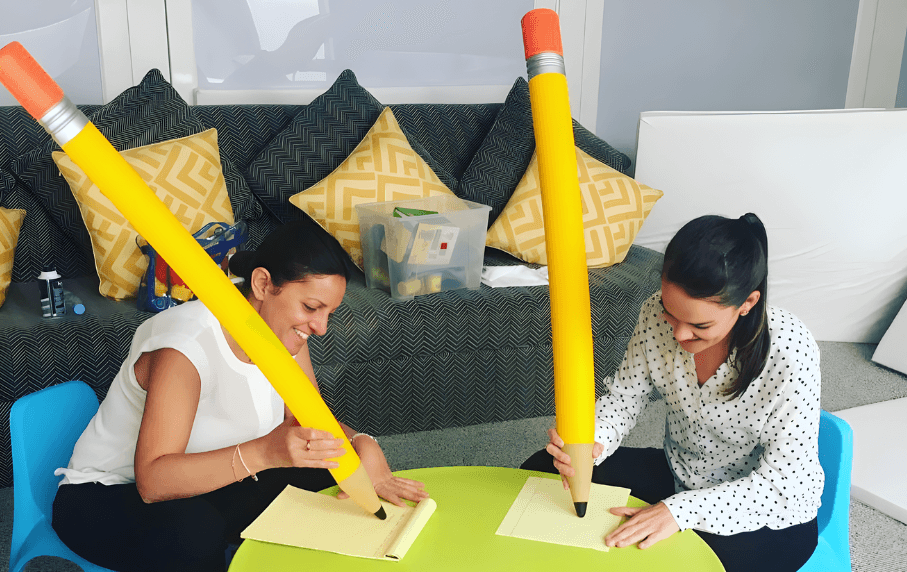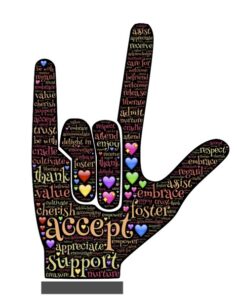
 There is a significant difference between talking and communication. As most of us know, the inability to use speech does not preclude the ability to be understood by others. Sign language, body language, pictures, all facilitate non-verbal communication and these can provide an opportunity to work towards increasing and encouraging vocalization in toddlers with ASD.
There is a significant difference between talking and communication. As most of us know, the inability to use speech does not preclude the ability to be understood by others. Sign language, body language, pictures, all facilitate non-verbal communication and these can provide an opportunity to work towards increasing and encouraging vocalization in toddlers with ASD.
For children who struggle to develop speech, learning to communicate through other means also offers an opportunity for them to eventually learn to use language to communicate their needs and enjoy the social pleasures of communicating with others.
According to the National Institute on Deafness and Other Communication Disorders (NIDCD), children with autism often find language and communication difficult. In fact, the majority of children with ASD have significant difficulties in learning to use and understand speech, with delays seen in both their expressive and receptive language development. Consequently, support needs to be given to help provide young, non-verbal children with the functional means for making requests to meet their needs.
There are several evidence-based methods which have been developed and successfully employed to assist young children in developing their communication skills, referred to as Alternative Augmentative Communication (AAC). AAC methods vary from using pictures, voice output devices, or manual signing; such as American Sign Language and Makaton.
Multiple studies have shown the efficacy of using sign language to help children with ASD to develop language skills. Some of the benefits realized from this training include:
Of course, every child is different and there is no one-size-fits-all approach to encouraging vocalization in children with ASD, however, the use of AAC therapy has shown some wonderful results.
While the effectiveness of using signs will depend on factors such as cognitive readiness, motor skills development, the desire to communicate, and environmental acceptance, the competent use of sign language can be taught effectively to children who struggle with speech. By employing a combination of individualized modality selection, appropriate instruction, a suitable environment, selecting communication partners, and assessing communication needs, therapists and educators are able to maximize the possibility of successful communication for children with Autism.
The advantages for using sign language training include the findings that:
Researchers report that children who have had sign training have subsequently been able to independently sign in a variety of novel stimulus conditions. They also found that signing often replaced whining and crying, resulting in decreased negative behaviors and providing a positive outcome for the child, with reduced stress for the parent or caregiver.
Further, other studies in which sign language training was paired with pictures, known as the Picture Exchange Communication System (PECS), found that these children produced a higher percentage of vocalizations during sign language training than they did with the use of PECS alone.
This should not be seen as a solution for all children who struggle with verbal expression, as each child is different. However, even allowing for individual characteristics which may inhibit learning to sign, the evidence does suggest that there is a strong likelihood that sign training offers significant potential as a step on the path toward teaching speech and language to children with ASD.
Some of the greatest challenges facing children with ASD and their families around the world are the lack of specialists with the training to work with them, a lack of understanding of the difficulties faced by these children, and the lack of educational programs for them. Family training, which enables interventions to be delivered by the children’s caregivers, therefore becomes extremely important in the countries where this is the case.
There is much more to be said about the use of AAC Therapy and we will explore the subject in more detail in a future post and as part of a future online training program for parents and early interventionists. In doing so, the intention is to further assist parents and caregivers of children with ASD to be aware of best practices and to equip them with the necessary tools.
In the meantime, if you would like to learn more about how to encourage vocalization in toddlers with ASD, please refer to Chapter 4 of my book, Let’s Talk.